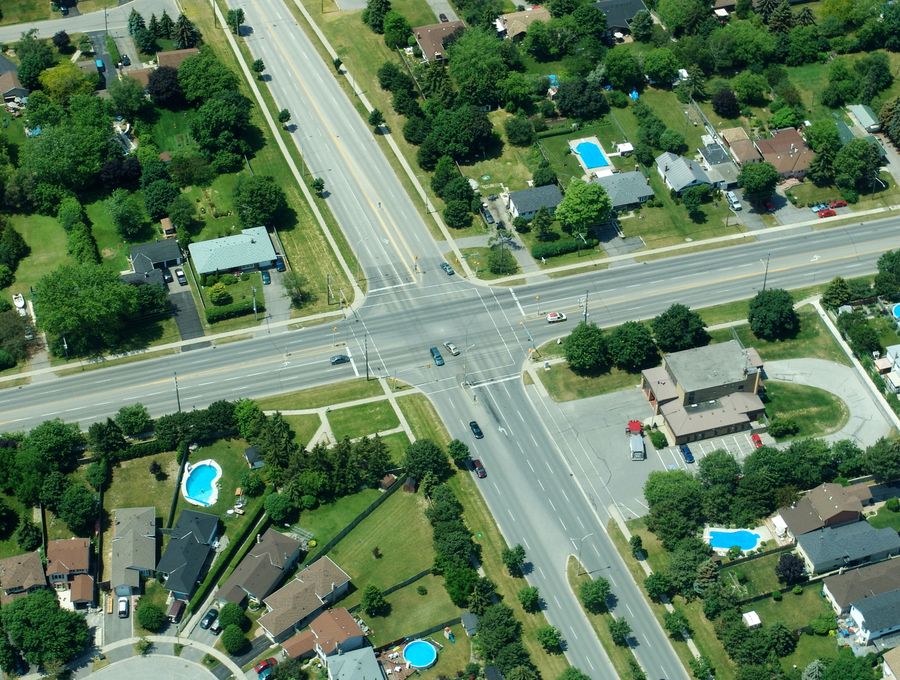Oshawa is the fastest growing census metropolitan area in Canada, according to Statistics Canada, and that’s reflected in the city’s housing market.
“The CMA of Oshawa (+2.1%) recorded the fastest growing population, followed by the CMAs of Halifax and Kitchener-Cambridge-Waterloo (both up 2.0%) and Kelowna, Calgary and Saskatoon (all three up 1.9%),” StatCan wrote in a January report. “In Toronto, the net loss was mainly driven by people moving to surrounding CMAs. For example, the population growth in Oshawa (+2.1%)—which posted the fastest growth—was partly due to migration flows from the neighbouring CMA of Toronto.”
With the cost of housing in Toronto becoming financially prohibitive for many of the city’s residents, they have been leaving the city for upwards of a decade, says Dan Plowman,
“There are a number of reasons Oshawa has grown so much—I believe the infrastructure and money Durham has spent for large things, like community centres, arenas, fire halls, new schools and more, have allowed developers to put families here,” said the owner of Dan Plowman Team Realty Inc. “There’s the new north Oshawa development, too. This is the kind of development that brings massive homes, massive development and massive population growth.”
As of May 31, 2021, the average detached home in Durham Region sold for $1,002,428, while the median condo price was $585,241. Detached homes are in much higher demand in Durham Region, with 1,087 sales in May, 1,191 in April, 1,443 in March and 959 in February.
Like in pretty much the rest of the GTA, supply and demand is out of balance and that’s driving up prices. Plowman noted that demand is being driven by cheap money, which started well before the COVID-19 pandemic.
“The biggest reason Oshawa is growing the way it has is interest rates being down for as long as they have and prices going through the roof,” he said. “This has been happening consistently for at least 10 years. In the last two years, there have been consistent multiple offer situations for most houses.”
Plowman believes Oshawa is experiencing what Mississauga did three decades ago when it began growing into the juggernaut that it’s become today. In other words, talk about a bubble bursting, Plowman says, is hot air.
“Oshawa is doing what Mississauga did 30 years ago—prices went up like crazy and people were starting to leave places like Etobicoke and North York to move there. The building boom there was immense and now it’s come to Oshawa.”
Neil Sharma is the Editor-In-Chief of Canadian Real Estate Wealth and Real Estate Professional. As a journalist, he has covered Canada’s housing market for the Toronto Star, Toronto Sun, National Post, and other publications, specializing in everything from market trends to mortgage and investment advice. He can be reached at neil@crewmedia.ca.









